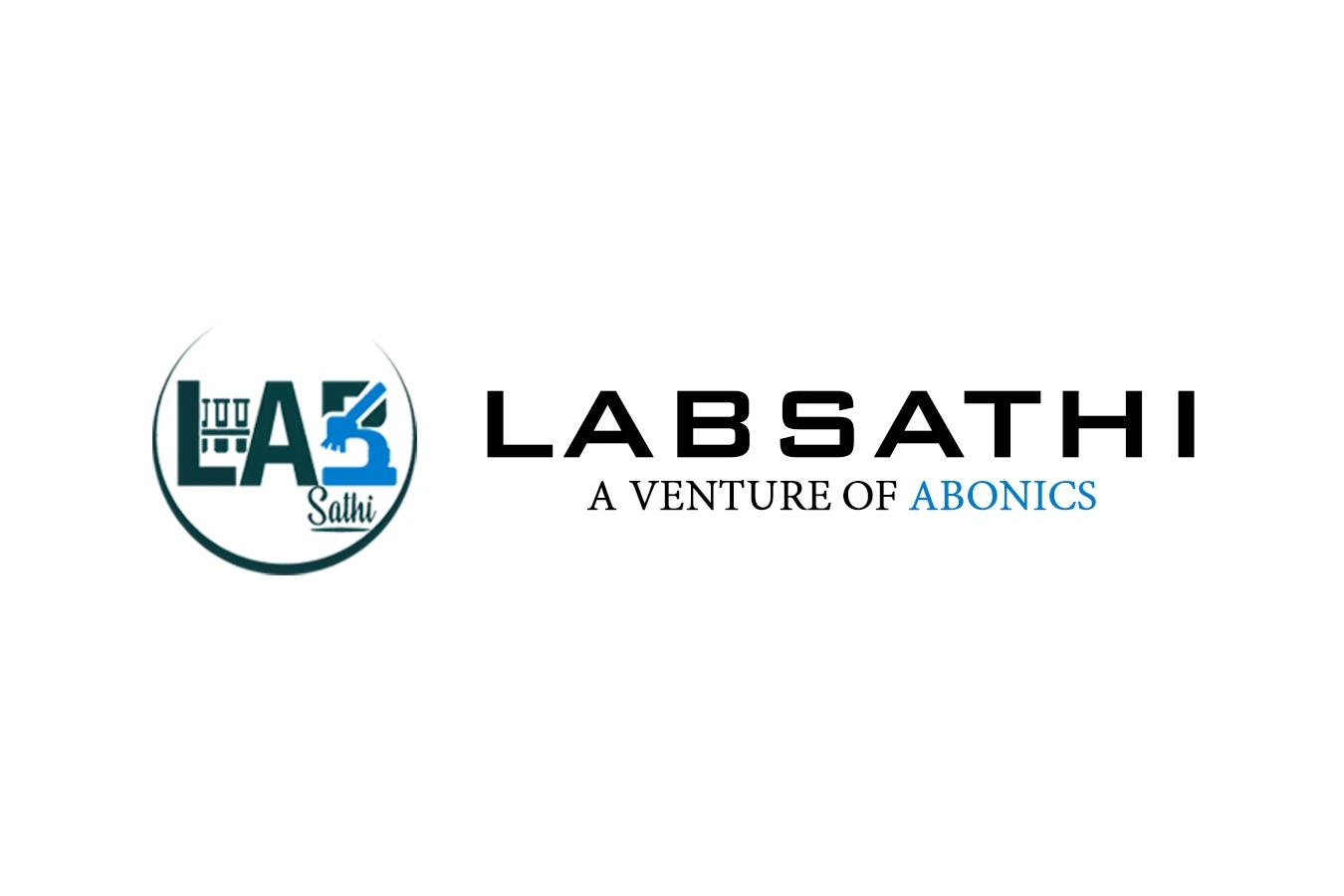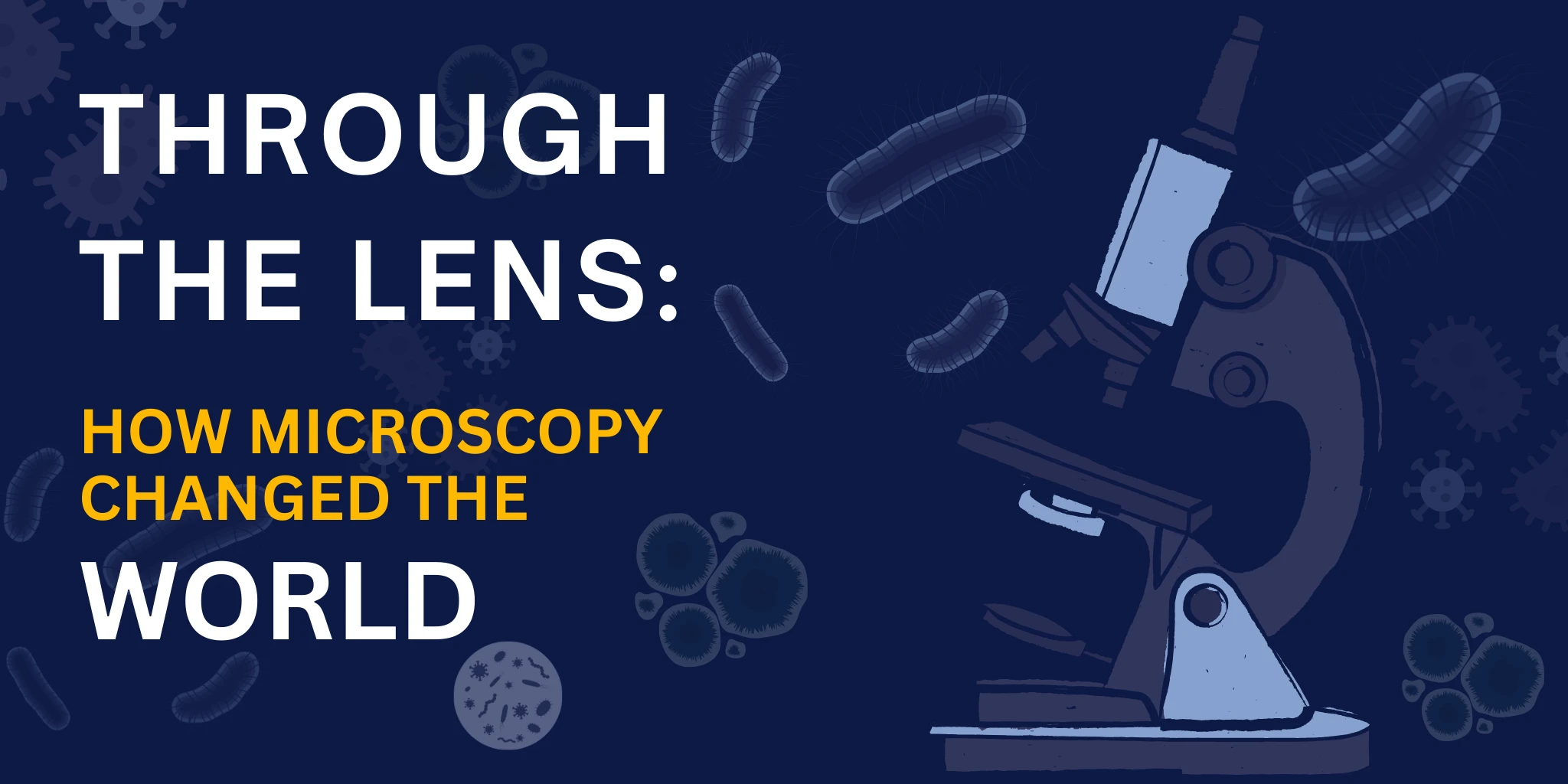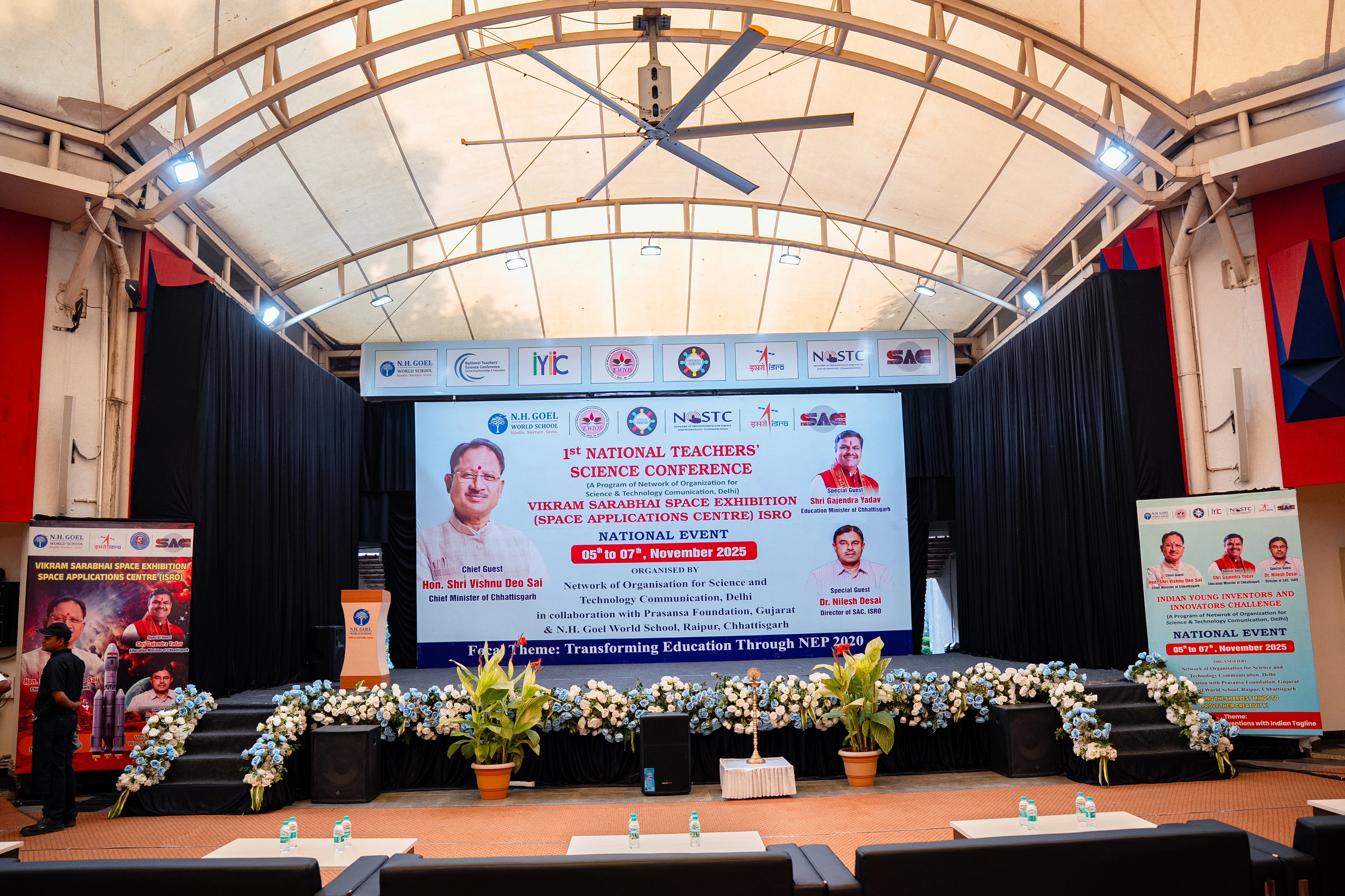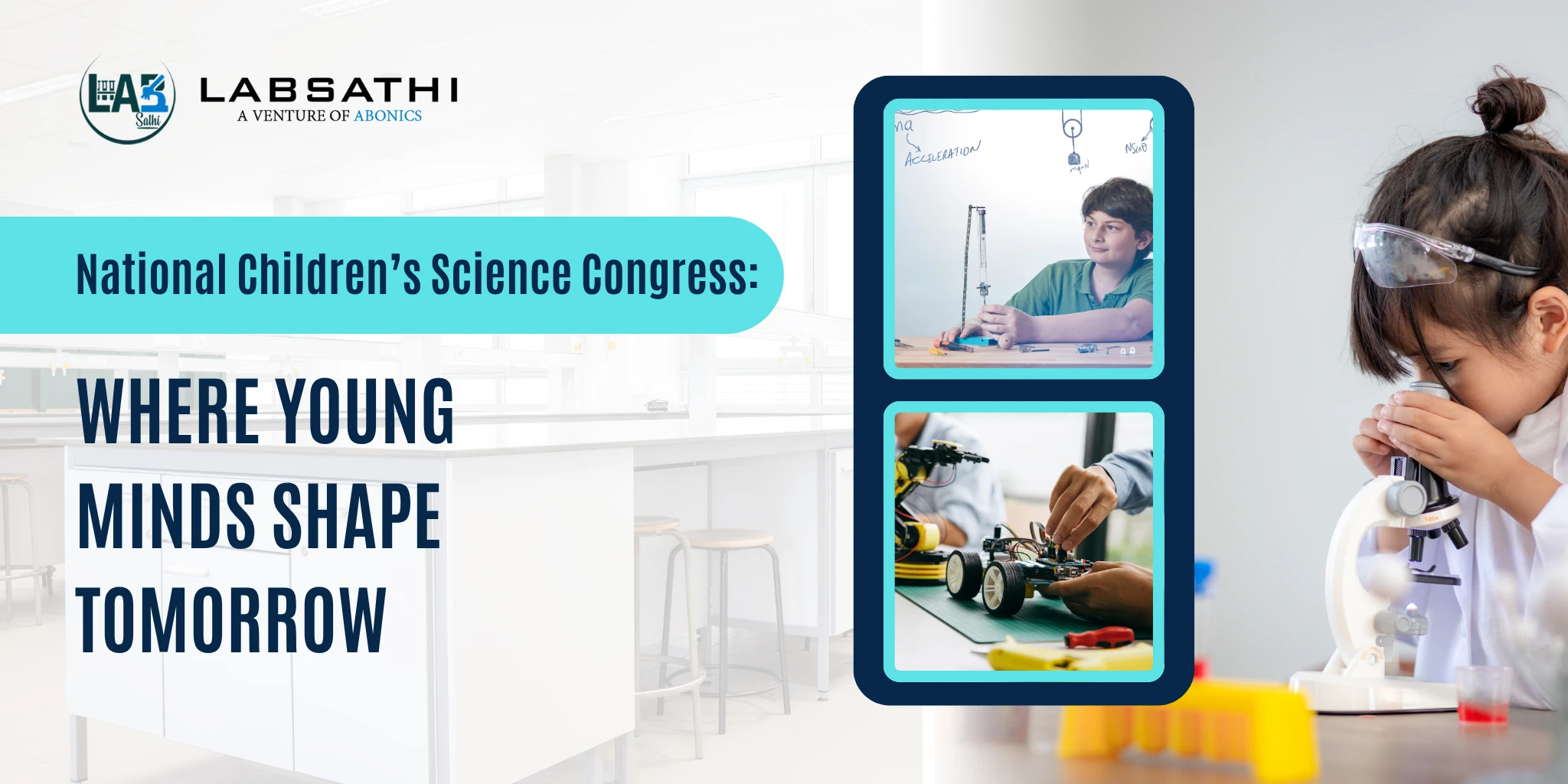





For most of human history, knowledge was bound by the limits of the naked eye. The human body, plants, rocks, and even diseases were studied only through what could be seen directly. Then came a simple invention that transformed science forever: the microscope.
In the late 16th century, Dutch spectacle makers Hans and Zacharias Janssen accidentally stumbled upon a powerful idea: by placing multiple lenses in a tube, they could magnify objects far beyond normal vision. Though rudimentary, this invention laid the groundwork for one of humanity’s greatest scientific tools.
A few decades later, Antonie van Leeuwenhoek pushed microscopy into an entirely new era. Using finely crafted single-lens microscopes, he observed bacteria, sperm cells, blood flow, and tiny “animalcules” in pond water. For the first time, humanity realized that an invisible universe of living organisms existed all around us.
The impact of microscopy cannot be overstated. It gave rise to the cell theory, which revealed that all living organisms are composed of cells the fundamental unit of life. Medicine was revolutionized when microscopes exposed the role of pathogens in causing disease, paving the way for vaccines, antibiotics, and modern sanitation. In physics, chemistry, and materials science, microscopy opened the door to studying crystals, metals, and eventually atoms themselves.
Over the centuries, technology refined these instruments. Light microscopes evolved into electron microscopes, capable of visualizing viruses and protein structures. Today, super resolution imaging techniques allow scientists to watch cellular processes unfold in real time. Microscopy has moved from being a scientific curiosity to an indispensable tool that drives innovation in healthcare, nanotechnology, and biotechnology.
Yet, despite its transformative power, access to advanced microscopy and laboratory infrastructure is still uneven. Many institutions, particularly in developing regions, face barriers to acquiring modern lab setups, equipment, and training. Just as the first microscopes democratized knowledge centuries ago, there is now a need to democratize access to world-class laboratory facilities.
This is where Abonics comes in. At Abonics, we are committed to bridging the gap between discovery and accessibility. We provide a one-stop solution for laboratory design, setup, equipment procurement, and long-term support. By ensuring that schools, universities, and research centers have the right infrastructure, we empower the next generation of students and scientists to explore, experiment, and innovate.
The microscope didn’t just magnify, it expanded human imagination. Every breakthrough in biology, medicine, or materials science carries the legacy of that first humble lens. Today, as research becomes increasingly interdisciplinary and technology-driven, the spirit of microscopy lives on: to look deeper, uncover the unseen, and push boundaries.
At Abonics, we believe that the next great discovery could begin in any classroom or lab. By enabling access to cutting-edge tools and knowledge, we aim to nurture curiosity and spark innovations that, like the microscope, will change the world.
Fast shipping all across the country
100% Authentic products
We ensure secure transactions
We ensure quality support

Login to your account. Do not have account? Sign up



